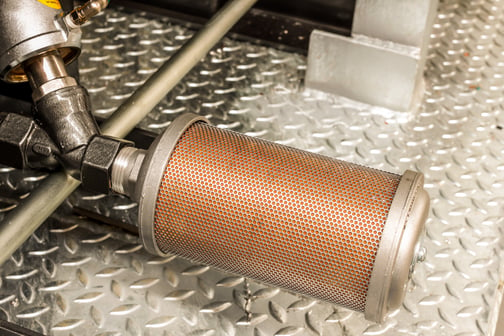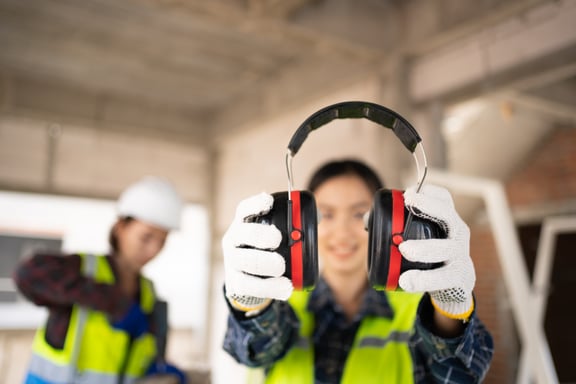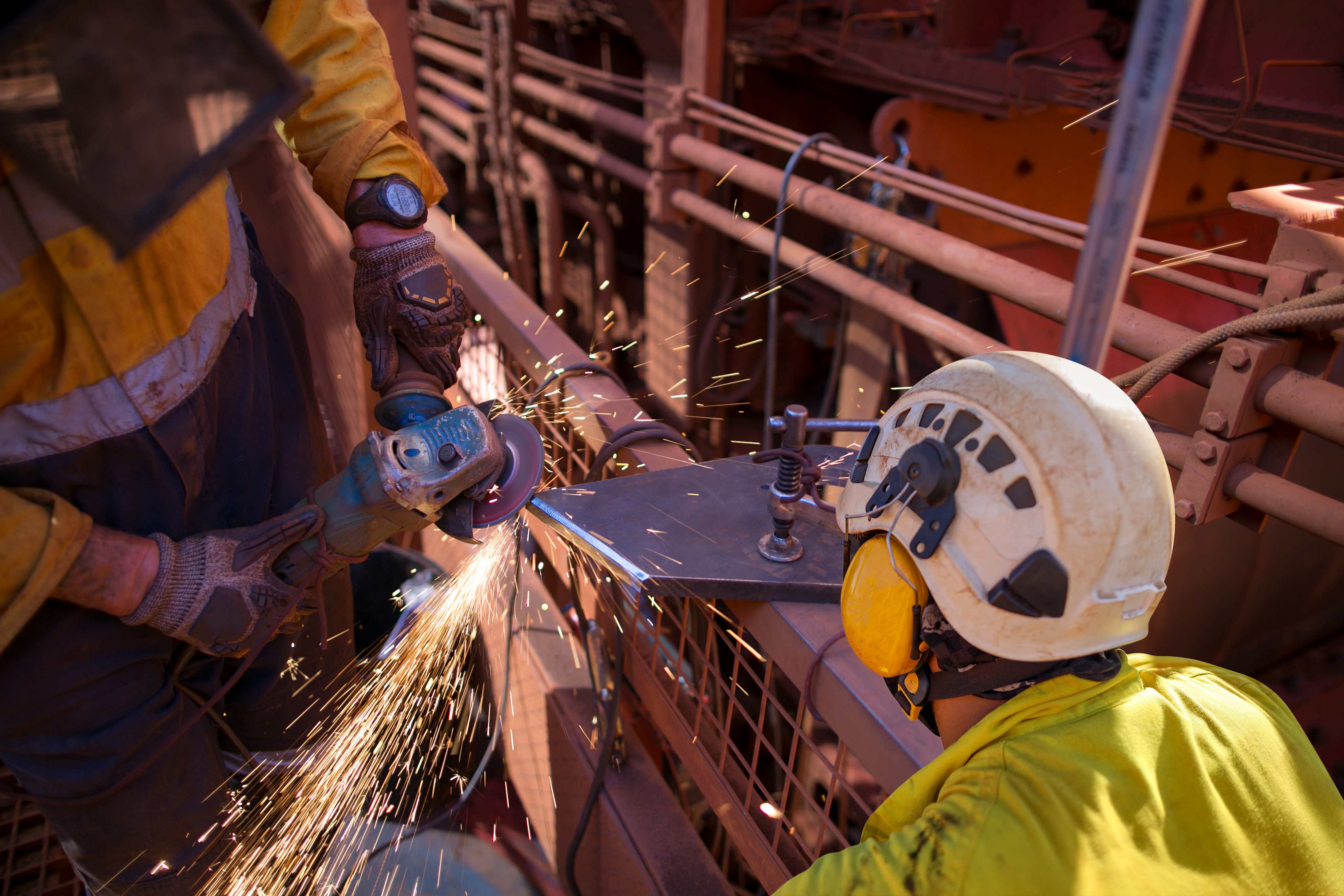Our sense of hearing allows us to connect with the world around us, from the music we love to the conversations we cherish. However, for many workers, their daily routines expose them to a hidden danger: noise-induced hearing loss (NIHL). This article explores the risks of noise exposure in the workplace and delves into strategies to mitigate them, safeguarding your precious sense of hearing.
The Dangers of Workplace Noise
Constant or loud noises in the workplace can damage the delicate hair cells within the inner ear, responsible for converting sound waves into electrical signals interpreted by the brain. Over time, this damage can lead to a variety of complications that significantly impact an individual’s well-being:
- Permanent hearing loss: This is the most significant consequence of NIHL. It can affect your ability to:
- Hear conversations: Difficulty understanding speech, especially in noisy environments, can lead to social isolation and hinder communication at work.
- Follow instructions: Missing crucial details in spoken instructions can pose safety risks and affect job performance.
- Enjoy everyday sounds: The inability to hear the full range of sounds, from birds singing to laughter, can diminish the richness of daily experiences.
Unfortunately, permanent hearing loss cannot be reversed. However, early detection and intervention can help manage the condition and minimize its impact.
- Tinnitus: This condition is characterized by a ringing, buzzing, or hissing sound in the ears, even when no external sound is present. Tinnitus can be a constant and distracting reminder of noise damage. It can also disrupt sleep patterns and contribute to anxiety and depression.
- Hyperacusis: This condition makes sounds seem unbearably loud, causing discomfort and even pain in response to everyday noises like traffic or conversations. Hyperacusis can significantly impact a person’s quality of life, limiting their ability to participate in social activities and enjoy public spaces.
In addition to these primary hearing issues, chronic noise exposure can also lead to secondary health problems, including:
- Increased stress and anxiety: The constant strain of trying to hear in a noisy environment can take a toll on mental well-being.
- Difficulty concentrating: Noise can disrupt focus and make it harder to concentrate on tasks, potentially impacting productivity and job performance.
- Communication difficulties: The inability to hear clearly can lead to misunderstandings and communication breakdowns, affecting teamwork and workplace morale.
By understanding the full spectrum of dangers associated with workplace noise, we can appreciate the importance of implementing effective mitigation strategies to protect the hearing and overall health of employees.
Protecting Your Hearing
Working in a noisy environment doesn’t have to mean sacrificing your hearing. Here are some key strategies, categorized into three main approaches, to mitigate noise exposure and safeguard your auditory health:
1. Engineering Controls:
These controls focus on reducing noise levels at the source to minimize overall exposure for the workforce. They involve:
- Operating noisy machinery during specific hours: Scheduling noisy tasks for times with fewer employees or during breaks minimizes overall exposure.
- Maintaining equipment regularly: Worn-out or malfunctioning equipment often generates more noise. Regular maintenance helps keep noise levels down by ensuring machinery operates efficiently and components don’t rub or rattle excessively.
- Investing in noise-reduction technologies: Noise can be dampened at the source through various methods, such as:
- Silencers: These devices attach to exhaust pipes or air vents to muffle noise generated by airflow.

-
- Enclosures: Building partial or full enclosures around noisy machinery can significantly reduce noise radiating into the surrounding work environment.
- Vibration dampers: These devices are attached to machinery to absorb and reduce vibrations that can be transmitted through structures and contribute to overall noise levels.
2. Administrative Controls:
These controls focus on limiting employee exposure to noise through adjustments to work practices and schedules:
- Limiting employee exposure times: Rotating staff assignments or implementing shorter shifts in high-noise areas can reduce individual exposure. This allows more time for the ears to recover between periods of noise exposure.
- Creating quiet zones: Designated quiet areas provide employees with a refuge from noise throughout the workday. These areas should be well-maintained and offer comfortable seating to allow employees to relax and allow their hearing to recover during breaks. Ideally, these quiet zones should have noise levels below 70 decibels (dBA).
- Implementing hearing conservation programs: These programs educate employees about the risks of noise exposure, proper use of personal protective equipment (PPE), and the importance of regular hearing tests.
3. Personal Protective Equipment (PPE):
When engineering and administrative controls cannot adequately reduce noise levels to safe limits, PPE becomes essential to protect individual hearing:
- Earplugs or earmuffs: These are essential tools for protecting your hearing. Choosing the right type and fit is crucial for optimal noise reduction.
- Earplugs: Available in various materials and styles, earplugs are inserted into the ear canal to block noise. Selecting the right Noise Reduction Rating (NRR) for the specific noise environment is essential.
- Earmuffs: These devices completely enclose the ears and provide a comfortable cushion around the head. They typically offer a higher NRR than earplugs and are a good option for individuals who struggle with keeping earplugs inserted properly.

- Proper use and maintenance of PPE: Ensure earplugs are inserted correctly according to the manufacturer’s instructions and that earmuffs provide a snug fit. Replace earplugs regularly, typically every few weeks, and clean or replace earmuffs as needed to maintain their effectiveness.
The Importance of Awareness
By understanding the risks of noise exposure and the available mitigation strategies, employees can become active participants in protecting their hearing health. Reporting any concerns about noise levels or faulty equipment to supervisors is vital. Additionally, regular hearing tests, typically recommended annually for those in high-noise environments, can help monitor any hearing loss and ensure early intervention if needed.
The Last Word on Noise Exposure at Work
A noisy workplace doesn’t have to be a noisy future for your ears. By prioritizing a multi-pronged approach that incorporates engineering controls, administrative controls, and the proper use of personal protective equipment, we can create safer work environments and safeguard the long-term hearing health of our workforce. Remember, your hearing is a precious gift – take steps to protect it today for a lifetime of rich and vibrant sound.
However, the responsibility for protecting hearing health doesn’t lie solely with employers. Employees also play a vital role in safeguarding their ears:
- Be aware of noise levels: Understanding the decibel levels in your work environment helps you assess the risks and determine if additional hearing protection is necessary.
- Report concerns: If you notice excessively noisy machinery or suspect noise levels exceed safe limits, speak to your supervisor and raise your concerns.
- Use PPE properly: When required, wear your earplugs or earmuffs consistently and correctly throughout periods of noise exposure.
- Schedule regular hearing tests: Regular hearing assessments can detect any hearing loss early, allowing for intervention and management strategies to be implemented.
- Spread awareness: Educate your colleagues about the dangers of noise exposure and the importance of hearing conservation practices.
By working together, employers, employees, and safety professionals can create a culture of hearing awareness in the workplace. This collaborative approach ensures that everyone understands the risks, takes responsibility for mitigation strategies, and prioritizes the long-term well-being of our most valuable asset – our ability to hear the world around us. Let’s ensure that the sounds of a productive workplace are never accompanied by the silent threat of hearing loss.

